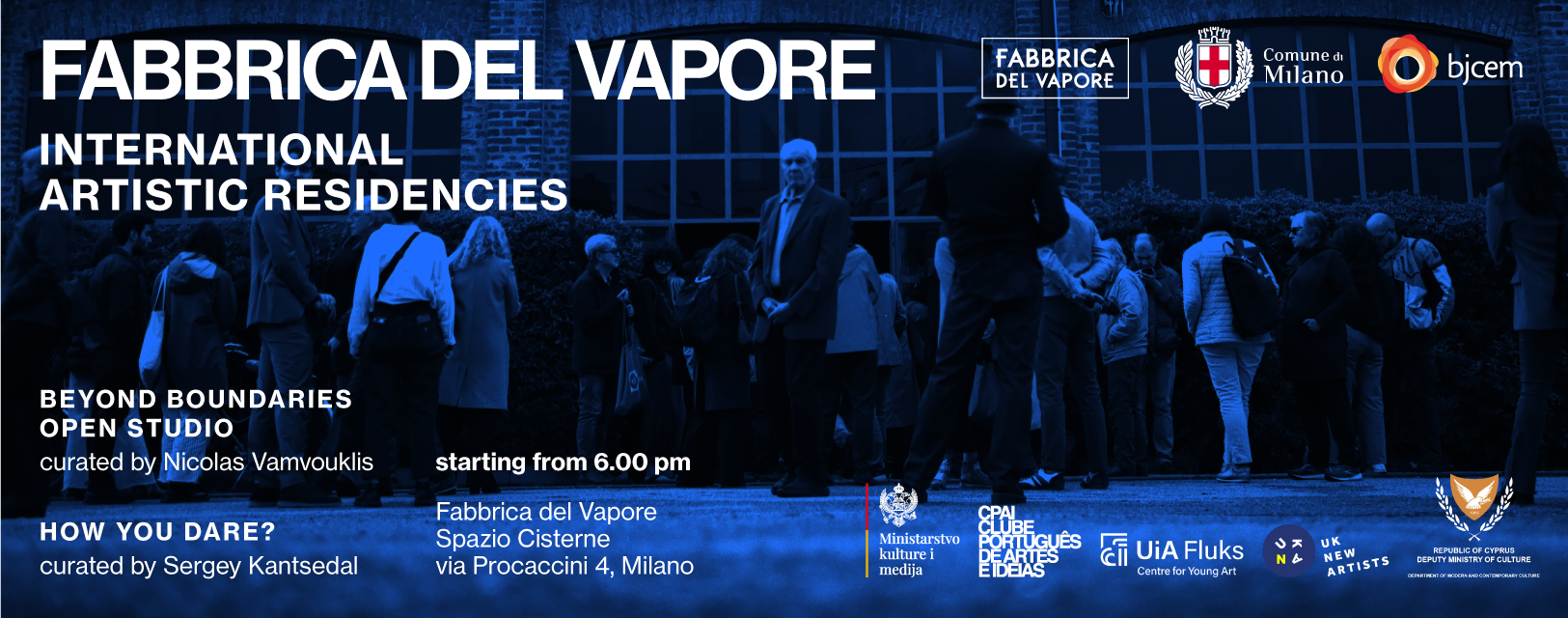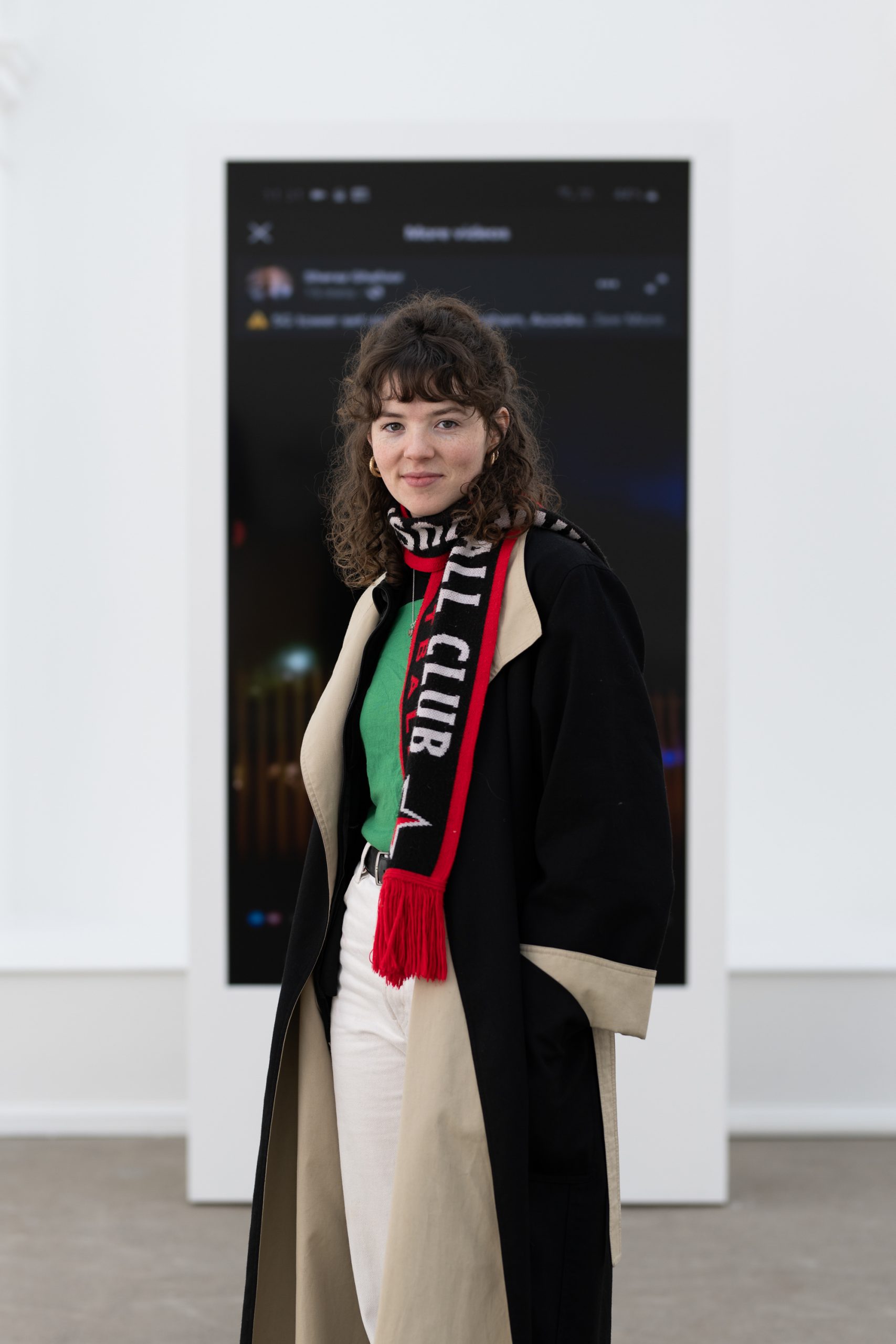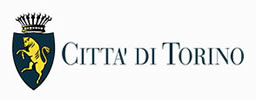Ronnie Danaher is an artist and filmmaker working with moving image, digital technology, and sculptural installation to explore the sacred in the digital world. Her work is informed by the humour and pressures of her experiences growing up in a large Irish-Catholic family, and the internet as a space to prototype alternative identities and systems of belief. Recurring themes in her practice include the sacred, screens, internet echo chambers, memes, social media, Irish heritage, family dynamics, guilt and shame, as part of an ongoing research project investigating and collaging the interconnections between digital culture and belief systems.
A CONVERSATION WITH RONNIE DANAHER (UK)
Nicolas Vamvouklis (NV): How would you describe your artistic practice?
Ronnie Danaher (RD): My work is informed by the imagery and storytelling experienced through my catholic upbringing and how this comes into contact or conflict with the visual saturation and hyperstimulation of my internet upbringing. These immersive experiences are emulated in my video installation works, where catholic and internet imagery collide, intertwine, and clash against each other, forming nostalgic and uncanny sacred spaces. I use playfulness as a tool to examine complex feelings around Catholicism and queerness, asking whether the eternal scroll has replaced the quest for eternal life.
NV: Beyond Boundaries: What was the initial thought that crossed your mind when you encountered this title?
RD: The idea of liminal thresholds/boundaries has been at the forefront of my thinking for a while, so this residency title struck a chord with me. In the UK, the idea of boundaries has become a lot more tangible in the era of Brexit, so having the opportunity to freely connect with international peers was also a big motivation to apply.
NV: In which ways did you connect to Milan?
RD: Since arriving in Milan, I have become obsessed with the trams – the first picture I sent to the family Whatsapp was the interior of the 1920s-style tram that took me to Fabbrica Del Vapore, which also used to be a tram manufacturer. When I saw the party tram in the city, I knew I had to get on, and convinced them to let me film inside. This idea of the tram as a link between the past in an evolving city made me think of the limbo between past and present, and the catholic idea of purgatory.
While walking around the Monumental Cemetery, I was fascinated by one tomb that looked like the Tower of Babel but was also reminiscent of medieval illustrations of Dante’s “Purgatorio” that I had been researching, which described purgatory as climbing a mountain of suffering, with each level representing a deadly sin. This idea of purgatory as a journey took me back to the tram, but in a queer reimagining, limbo as a party made sense to me.
NV: Can you provide some insights into the project you worked on during the residency?
RD: Following on from my research into purgatory as a liminal state between heaven and hell, and mapping this onto reading I have been doing around the idea of the glitch as a queer form of refusal, I am using the party tram as a literal vehicle to explore this. I see this glitch, this refusal to perform, this “fantastic failure” as a kind of ritual space where the minutiae of everyday scrolling might transcend into the sacred.
NV: In these times of global challenges, how do you see your role as an artist?
RD: As an artist, the act of world-building is not just a form of escapism but a way of proposing speculative futures that can really be inhabited, carving out paths that provide a radical new way of being beyond the permacrisis present.




